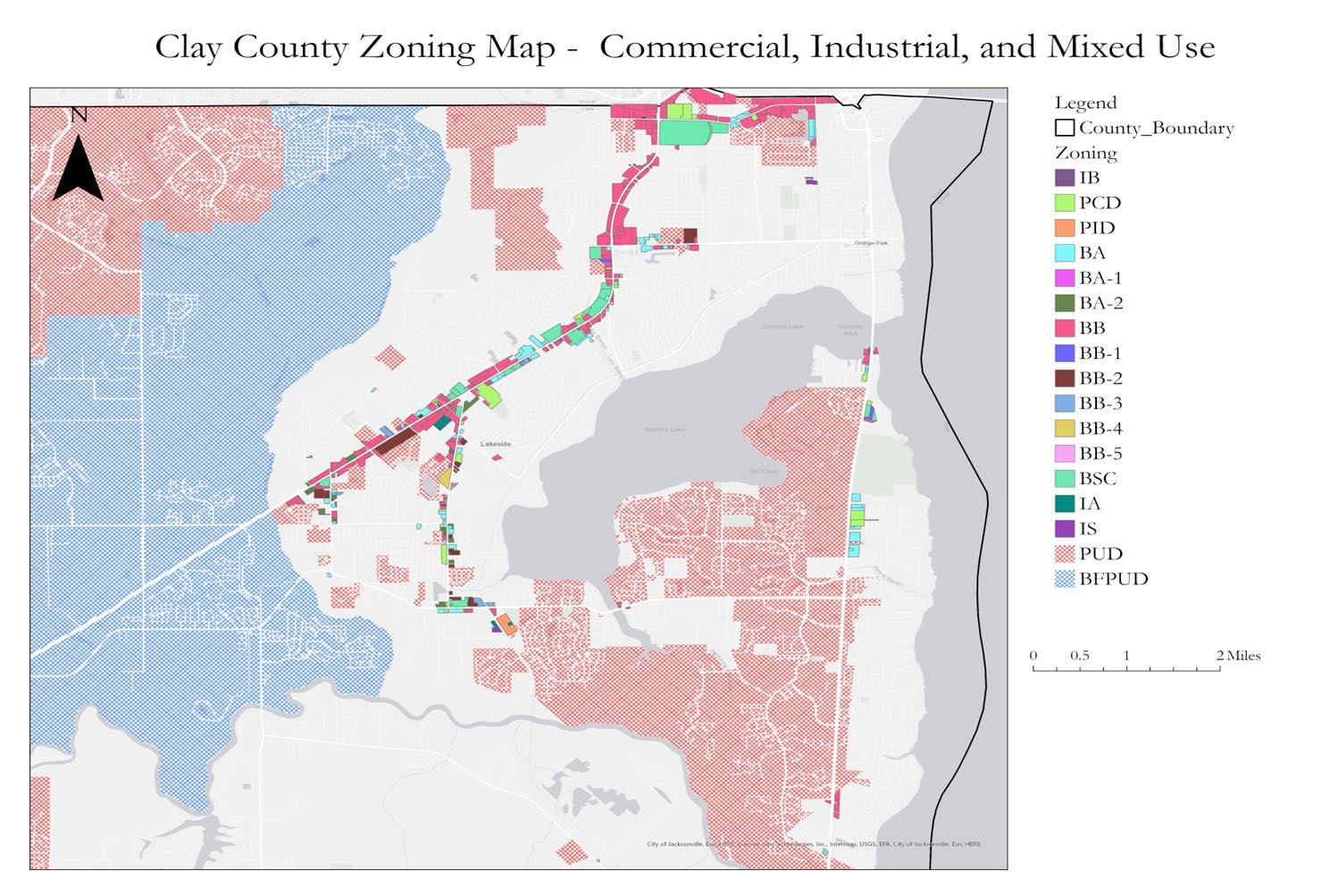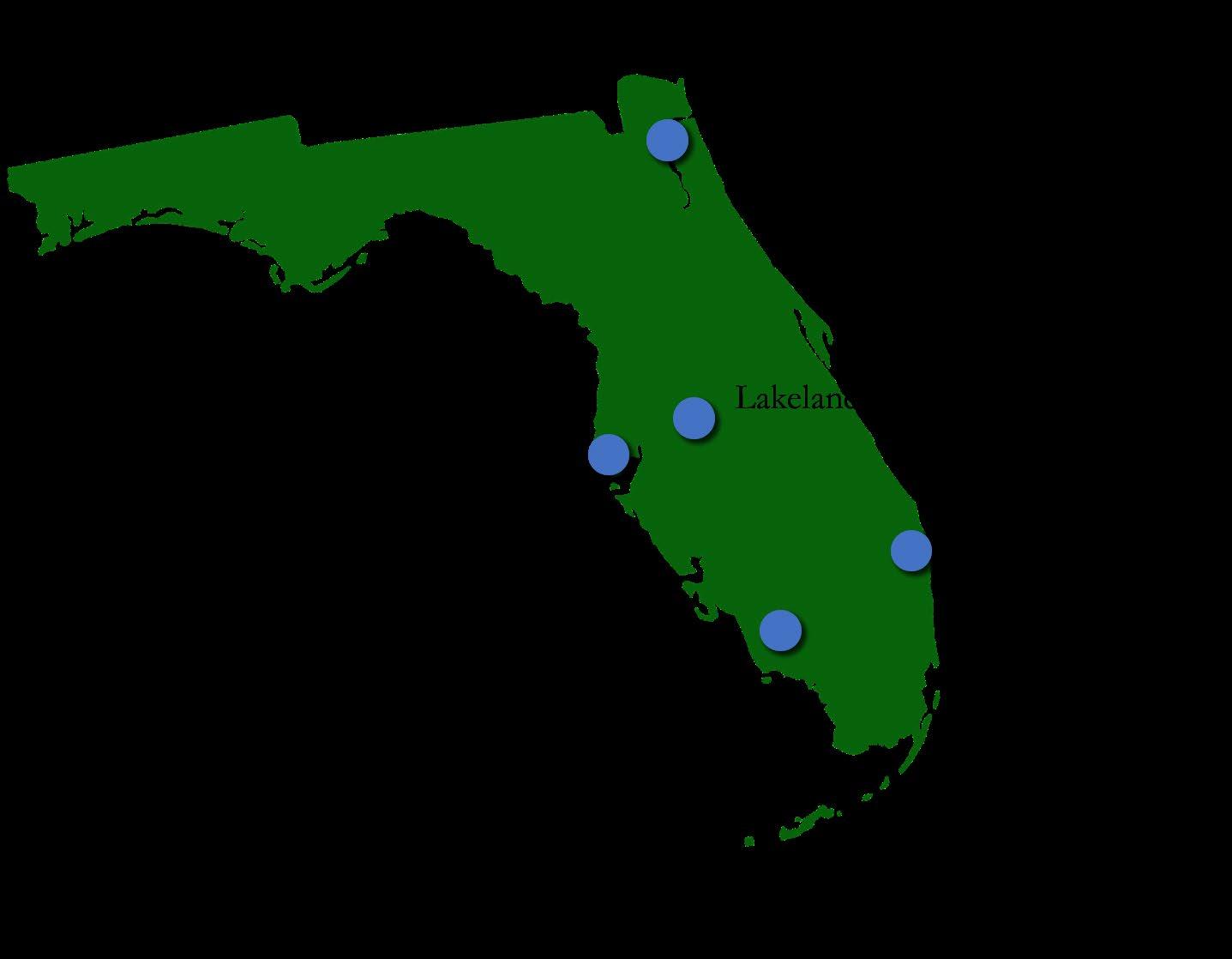The Live Local Act: Planning for Affordable Housing








• Funding and tax credits. Up to $811 million for affordable housing programs.
• Tax incentives. Three new property tax incentives and a sales tax exemption for specified affordable housing developments.
• Land use tools & role of local government. Facilitating affordable housing in commercial, industrial, and mixed-use areas & more.
• Publicly-owned land. Encouraging local governments to adopt best practices.
• State housing strategy. State guidance on affordable housing policy.
• Technical assistance.

1. Local option affordable housing property tax exemption

• Grants local governments the option to enact an ordinance providing property tax exemptions to certain affordable housing developments
• Eligible developments: 50 or more units that set aside at least 20% of the units as affordable to households at or below 60% AMI
• Jacksonville, FL – first jurisdiction to enact this exemption
2. Nonprofit land used for affordable housing with a 99-year ground lease
• Provides a property tax exemption on the value of land owned by a nonprofit and leased for a period of 99 years to predominately provide affordable housing to households at or below 120% AMI
3. “Missing middle” property tax exemption
• Provides a property tax exemption to developments that have more than 70 affordable units to households at or below 120% AMI
• Units affordable to households 80-120% AMI = 75% property tax exemption; Units for <80% AMI = 100% property tax exemption
• Two-step application process: 1) FHFC; 2) County Property Appraiser
• FHFC to launch initial application process in early October
• F.S. 125.379/166.0451 – Florida’s “surplus land laws”
• Requires every city and county to identify publicly-owned lands that are “appropriate for use as affordable housing” to be placed on an affordable housing inventory list
• The Live Local Act amends these statutes to:
• Newly apply to all dependent special districts, including CRAs
• Require local government by October 1, 2023, to post their affordable housing inventory list online

• Encourage local governments to adopt best practices including:
• Establishing eligibility criteria for the receipt or purchase of surplus land by developers;
• Making the process for requesting surplus land publicly available; and
• Ensuring long-term affordability through ground leases by retaining the right of first refusal to purchase property
A local government cannot regulate the use, density, or height of an affordable housing development if a proposed rental project is:

• Multifamily or mixed-use residential in any area zoned for commercial, industrial, or mixed use;
• At least 40% of units are affordable for households up to 120% AMI for at least 30 years
• If mixed-use, at least 65% is residential
Local government cannot require a development authorized under this preemption to obtain a zoning/land use change, special exception, conditional use approval, variance, or comp plan amendment for use, density, or height.
Affordable housing in commercial, industrial, and mixed -use zones
Affordable housing developments allowed under this preemption are entitled to:

• Allowed to build multifamily rental or mixed-use in commercial, industrial, or mixeduse zones without a zoning or land development change
• Highest density allowed on any land in the City or County where residential development is allowed
• Highest currently allowed height for a commercial or residential development within 1 mile of the proposed development or 3 stories, whichever is higher
Additional provisions:
• All other state and local laws apply.
• If a proposed project satisfies the existing LDRs for multifamily residential and is consistent with the comprehensive plan, project must be administratively approved

• LGs must consider reducing parking requirements if project within onehalf mile of a major transit stop
• Consider the 20% Rule at subsection (f)
Which LGs are doing what on the Live Local preemption??

Local governments that have enacted or discussed LLA preemption policies/ordinances to check out:
• Boca Raton
• Melbourne
• Winter Park
• Hillsborough County

What can we do now re: this new preemption?
1. Study your City or County’s commercial, industrial, and mixed-use sites that could utilize this new tool
2. Implement an ordinance or policy providing clarity to affordable housing developers on local interpretations

3. Develop a land use restriction agreement to keep units affordable for 30 years
4. Explore other land use and policy levers to guide growth to targeted areas
5. Process land use preemption projects in good faith
1. Study your City or County’s commercial, industrial, and mixed-use sites that could utilize this new tool



2. Implement an ordinance or policy providing clarity to affordable housing developers on local interpretations

Possible elements:
• Clear statement of which zone districts are eligible, maximum density allowed, and maximum height allowed
• Certification process to identify proposals that are eligible for the land use preemption (pre-application review, etc.)
• Clear statement of which multifamily regulations apply to receive administrative approval
• Regulations ensuring affordable units are comparable in quality and size to market-rate units
• Compliance monitoring requirements
Examples
• Boca Raton
• Melbourne
3. Develop a land use restriction agreement to keep units affordable for 30 years
Affordability and other compliance terms; considerations:
• Affordability terms to meet requirements of the Act
• Party responsible for income certification
• Grace period for income increases above income threshold
• “Next available unit” terms – if a household income increases above threshold, next available unit will be rented to a household with income below the threshold
• Affordable unit intermixing, comparable characteristic terms relative to market-rate units
Examples
• Hillsborough County
• LURAs for existing density bonus/ inclusionary zoning programs

3. Develop a land use restriction agreement to keep units affordable for 30 years
Record-keeping, reporting, monitoring; considerations:
• Level of local gov’t staff involvement – e.g., desk audits with option for on-site inspections
• Annual reporting or other timeframe
• Fee to cover local gov’t administrative costs

3. Develop a land use restriction agreement to keep units affordable for 30 years
Enforcement; considerations:
• Time period to correct noncompliance
• Code enforcement remedies
• Compel specific performance
• Restitution equal to difference of affordable rent vs rent collected

• Additional reporting/monitoring
• Probation
4. Explore other land use and policy levers to guide growth to targeted areas
• Comprehensive Plan + LDR requirements
• Targeted incentives –regulatory, financial, procedural
• Incentive packages based on HB 1339 (2020) tool with lower affordability requirement
Governments that have used or considered use of HB 1339 (2020) land use allowance or similar local regulations as of earlier this year; adjustments may be needed due to Live Local Act amendments.





• Starting to see more jurisdictions implement some of the tools in the Act
• FHC will continue to track implementation of the Act – the “Live Local era” is still young
• Funding & property tax exemptions still to be deployed later this Fall
• Technical revision bill??

Kody Glazer, Chief Legal and Policy Officer
Florida Housing Coalition

Glazer@flhousing.org
Ali Ankudowich, Technical Advisor Florida Housing Coalition
Ankudowich@flhousing.org
Thomas Ingram, Attorney
Sodi & Ingram PLLC
Thomas.ingram@si-law.com